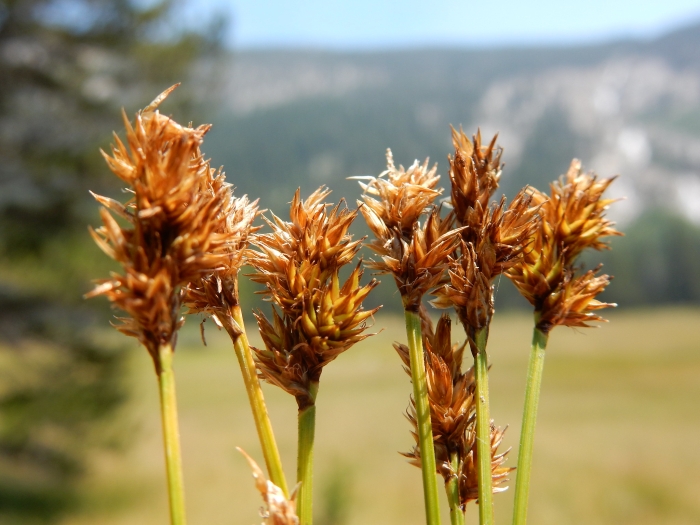Rusty Slender Sedge
(Carex subfusca)
Rusty Slender Sedge (Carex subfusca)
/
/

Matt Lavin
CC BY-SA 2.0
Image By:
Matt Lavin
Recorded By:
Copyright:
CC BY-SA 2.0
Copyright Notice:
Photo by: Matt Lavin | License Type: CC BY-SA 2.0 | License URL: https://creativecommons.org/licenses/by-sa/2.0/ | Uploader: Matt Lavin | Publisher: Flickr |
































Estimated Native Range
Summary
Carex subfusca, commonly known as Rusty Slender Sedge, is a perennial grass that exhibits evergreen or semi-deciduous characteristics depending on the climate. It is native to moist meadows, riparian zones, and forest understories primarily in the Western United States, including California’s coastal ranges, and is also found in Hawaii. This sedge typically grows to a modest height of 0.4-0.8 feet (0.1-0.2 meters) and spreads about 0.7-1 feet (0.2-0.3 meters), forming dense clumps of narrow, grass-like leaves. The inconspicuous brownish flowers appear in late spring to early summer and are not particularly showy, but they do provide a subtle texture to the plant’s overall appearance.
Rusty Slender Sedge is valued for its ability to thrive in wet conditions and is often used for soil stabilization along stream banks and in rain gardens. It is also suitable for naturalistic plantings and as a ground cover in shady gardens. This sedge prefers partial to full shade, although it can tolerate full sun in cooler, moist climates. It requires consistently moist soil with good drainage and can adapt to a range of soil types. While generally low-maintenance, it can be susceptible to rust diseases in some conditions. Rusty Slender Sedge is not known for aggressive roots or significant pest problems, making it a reliable choice for cultivation in appropriate settings.CC BY-SA 4.0
Rusty Slender Sedge is valued for its ability to thrive in wet conditions and is often used for soil stabilization along stream banks and in rain gardens. It is also suitable for naturalistic plantings and as a ground cover in shady gardens. This sedge prefers partial to full shade, although it can tolerate full sun in cooler, moist climates. It requires consistently moist soil with good drainage and can adapt to a range of soil types. While generally low-maintenance, it can be susceptible to rust diseases in some conditions. Rusty Slender Sedge is not known for aggressive roots or significant pest problems, making it a reliable choice for cultivation in appropriate settings.CC BY-SA 4.0
Plant Description
- Plant Type: Grass, Grass
- Height: 0.4-0.8 feet
- Width: 0.7-1 feet
- Growth Rate: Moderate
- Flower Color: N/A
- Flowering Season: Spring
- Leaf Retention: Evergreen
Growth Requirements
- Sun: Full Sun, Part Shade
- Water: Medium
- Drainage: Medium, Fast
Common Uses
Bird Garden, Deer Resistant, Low Maintenance
Natural Habitat
Native to moist meadows, riparian zones, and forest understories in the Western United States and Hawaii
Other Names
Common Names: Rusty Sedge, Brown Sedge, Carex Roussâtre
Scientific Names: , Carex subfusca, Carex macloviana subsp. subfusca, Carex teneriformis, Carex pachystachya var. gracilis, Carex macloviana var. subfusca, Carex festiva var. gracilis, Carex stenoptera, Carex flaviceps, Carex macloviana f. bracteata
GBIF Accepted Name: Carex subfusca W.Boott